Menu
French as a Foreign Language
FILMMAKING & AUDIOVISUAL (in English)
Sound & Music (in English)




Have you put your mind on which program you are willing to take?
To apply for a Bachelor program, please send the documents listed below to Alex at: aciocan@3is.fr and don’t forget to indicate which program you’re applying for.
We cannot wait to meet you at 3iS Paris West Campus!
To apply for a Master program, please send the documents listed below to Jean at: jmbodj@3is.fr and don’t forget to indicate which program you’re applying for.
We cannot wait to meet you at 3iS Paris West Campus!
*If you experience any technical issues, do not hesitate to contact us at: international@3is.fr
** if you have questions, please fill the form below and we will be happy to get back to you!
We advise all candidates to apply as early as possible after doing sufficient research into the course.
Application deadline
To be eligible, students must meet the following admission requirements:
Students can also prove proficiency by submitting a certificate from their previous institution stating that their previous degree was taught entirely in English.
Before applying, please make sure you have the relevant required supporting documents, preferably in pdf format, ready to upload:
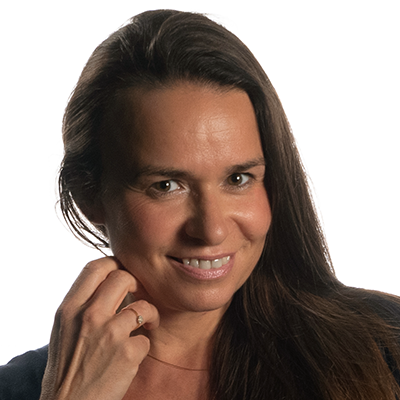
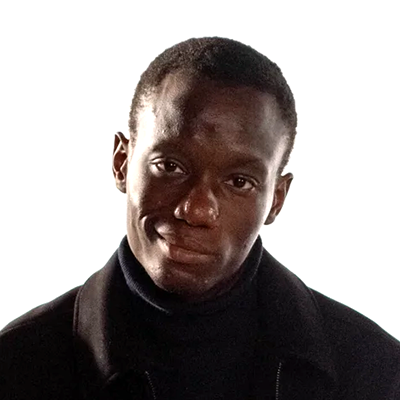




The sound director installs, regulates and maintains sound equipment for live use. He or she manages a team of technicians who help install and make changes to the set. As team leader, the sound director writes a technical file (technical data sheet, planning and budget) and is responsible for mixing in real time.









Working alongside the director, the script supervisor oversees the continuity of the motion picture during all stages of filming and production. They seek to maintain coherence between the scenes and ensure that what’s being filmed matches the written script. They are also responsible for keeping track of the film production unit’s daily progress.


Cinema, series, clip or advertisement, the scriptwriter creates stories to arouse viewers’ curiosity. Whether creating or adapting a story, the scriptwriter is a fully-fledged author who draws on multiple references, either literary or from everyday life. Working alone or as part of a team, the scriptwriter starts by drafting a synopsis (summary of the story) which develops into an increasingly detailed plot. The dialog continuity is therefore a very precise document indicating the plans for a scene, their duration, the positioning of the camera, and so on. In order to set the pace, the scriptwriter cuts the narrative into sequences that often correspond to a change of scenery, time or action. The scriptwriter may also write the dialogs for a film and is sometimes its director.

The first assistant director (AD) is the director’s right hand. They handle the logistics of running the set during production and are the liaison between the director and the rest of the crew. They create and manage the shooting schedule and shot lists, coordinating with all department heads.



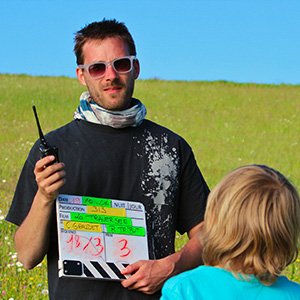
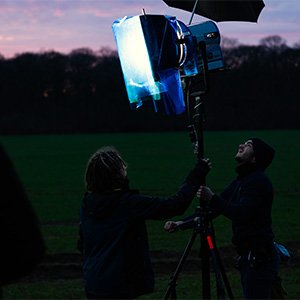

The boomer is also known as the sound assistant and works with the chief sound operator during filming. He or she is responsible for placing the main microphone and works in all types of structure: studios, auditoriums, mobile units, sound trucks, film sets, concert halls, radio, television, etc.
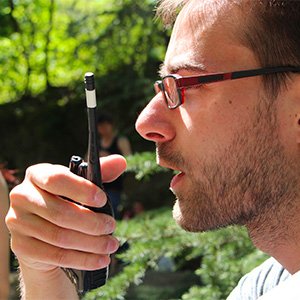
There are a wide variety of sections of the entertainment industry that a Production Assistant may decide to work in. Film Production Assistants may serve on the set of a motion picture, running errands for Directors and Producers and informing Actors and Crew Members of their call times. They are integral to a shoot whether it’s for a film, TV show, music video, or commercial.


The editor plays a vital role in creating a documentary, a work of cinematic fiction or a report, guaranteeing the narrative coherence of the film while respecting its production style. The editor’s aim is to hold the spectator’s attention by selecting the best images from the film rushes. He or she organizes the elements, both images and sounds, which will create meaning and provides them with a dramatic narrative and construction. The editor works closely with the producer after filming. Editors increasingly use virtual audio-visual editing software such as AVID Media Composer and Premiere Pro.








Cinema, series, clip or advertisement, the scriptwriter creates stories to arouse viewers’ curiosity. Whether creating or adapting a story, the scriptwriter is a fully-fledged author who draws on multiple references, either literary or from everyday life. Working alone or as part of a team, the scriptwriter starts by drafting a synopsis (summary of the story) which develops into an increasingly detailed plot. The dialog continuity is therefore a very precise document indicating the plans for a scene, their duration, the positioning of the camera, and so on. In order to set the pace, the scriptwriter cuts the narrative into sequences that often correspond to a change of scenery, time or action. The scriptwriter may also write the dialogs for a film and is sometimes its director.

The sound designer is a combination of composer, acoustician and sound engineer and produces background noise, sound effects and music on demand according to precise specifications.

The video operations technician may work in a variety of environments: on set, in a natural outdoor setting, or in a television studio control room. The video operations technician installs the shooting equipment, adjusts the projectors and spotlights, and ensures that a live TV program is appearing on screen. They also videorecord sequences, manage equipment maintenance and take part in technical installation and investment projects.

In the studio, the sound technician is the engineer’s assistant. Their role involves preparing for the session: setting up instruments, greeting the artistes, installing the microphone kit, cabling and testing. In the booth, they configure the console and recording software.